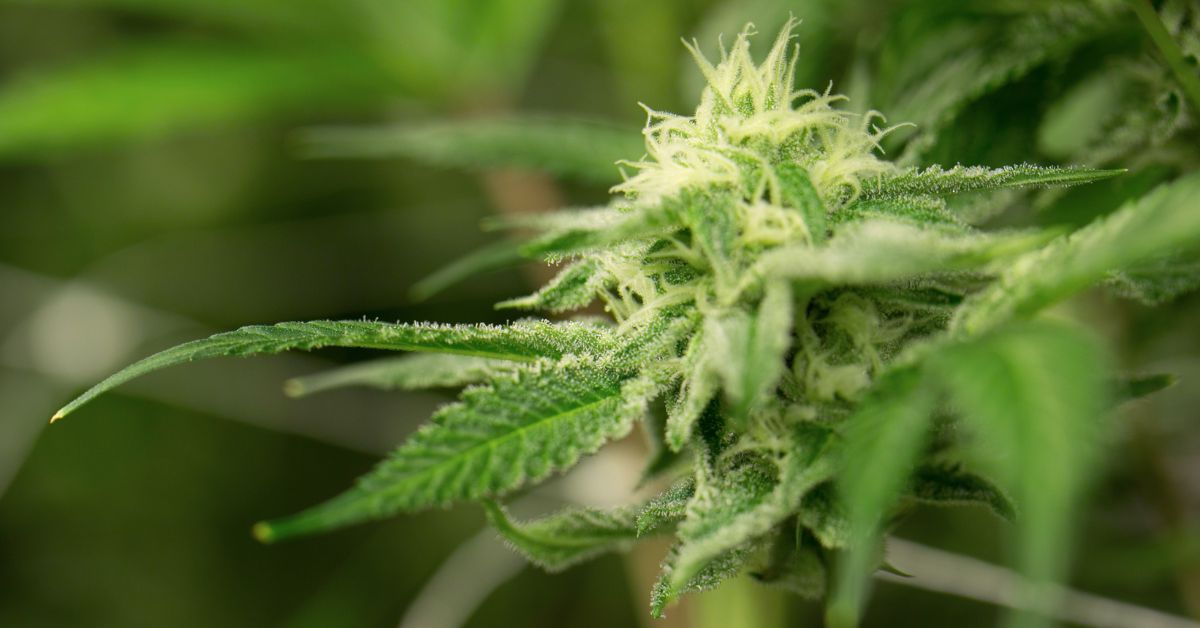Exploring DUI Rates in States Where Marijuana Is Legal

States across the country are changing their marijuana laws, leading to increased conversations about its impact on driving. As more states legalize cannabis, it becomes essential to understand how this change affects DUI rates in these areas to ensure drivers remain safe on the road. In this article, we’ll take a closer look at recent DUI rates in states where marijuana is legal and discuss how marijuana impacts driving ability.
Types of Marijuana Legality
Marijuana legalization is not as straightforward as alcohol laws. Gradually, some states have permitted marijuana use in certain contexts, while others continue to keep the substance illegal. Before we explore how marijuana legalization affects DUI rates, let’s review the types of legality marijuana can hold.
Recreational Use
Recreational use of marijuana refers to the consumption of cannabis for enjoyment or leisure rather than for health purposes. States where recreational use of marijuana is legal tend to have set age limits, usually 21 and older, similar to alcohol laws.
Common forms of consumption include smoking, vaping, edibles, and tinctures. The primary purpose is to experience the psychoactive effects of THC, the main active ingredient in cannabis, which can induce relaxation, euphoria, and altered sensory perception.
Medical Use
Medical use of marijuana involves the consumption of cannabis to alleviate symptoms or treat various medical conditions under the guidance of a healthcare provider. Medical marijuana can be used to treat physical ailments, chronic pain, or mental conditions such as anxiety and PTSD. There are over a dozen US states that have legalized marijuana for medical use but have not allowed it for recreational use.
Decriminalized
Lastly, there are some states with mixed statuses on marijuana legalization, including the substance being decriminalized. This means possessing small amounts won’t lead to criminal charges, only minor penalties. This change reduces the legal consequences but doesn’t mean marijuana is fully legal.
Types of Marijuana-Impaired Driving Laws
As states begin to legalize or decriminalize marijuana, adjustments need to be made to laws pertaining to driving under the influence. Currently, states do not have much consensus on the consequences of driving under the influence of marijuana or how to tell if a person is “high” from the drug. This overview will provide a better understanding of the current laws for operating a vehicle while high.
Zero Tolerance
The strictest laws for driving under the influence of marijuana are zero-tolerance laws. If a driver has any detectable amount of marijuana in their system, they will be placed under arrest. Zero tolerance laws vary by state, as some states have zero tolerance for THC, while others place no restrictions on metabolites.
This approach aims to prevent any impairment behind the wheel. However, challenges arise with detecting exact levels of impairment, making enforcement tricky.
Per se Law
Per se laws set specific limits for THC levels in a driver’s system. If a driver exceeds these limits, they can be charged with a DUI. These laws function similarly to blood-alcohol content limits for alcohol.
Currently, only five states have specific per se laws for THC limits, ranging from 2 nanograms per milliliter (ng/ml) of blood to 5 ng/ml. Even if a driver can speak and act coherently in a field sobriety test, they are still considered illegally under the influence.
Driving Under the Influence (DUID)
The majority of US states do not have laws specifically pertaining to driving under the influence of marijuana. However, operating a vehicle while high will still lead to legal consequences from driving under the influence (DUID) laws.
These laws address impairment from various substances, including marijuana. Officers evaluate signs of impairment through field sobriety tests and other observations. This approach is more subjective than per se or zero tolerance laws, as it relies on judgment calls by law enforcement.
Permissible Influence Law
Colorado has a permissible influence law for enforcing marijuana intoxication, which is unique to all other states. This law allows a certain level of marijuana in a driver’s system, acknowledging that low levels might not impair driving skills. The challenge lies in setting these permissible limits and ensuring they reflect safe driving practices. It balances acknowledging marijuana use without penalizing drivers unnecessarily.
DUI Rates Per Region
There are a total of 24 states in the United States which have fully legalized both medical and recreational marijuana at the time of writing. Let’s examine the DUI arrest rates per 100,000 people for each of these states based on 2022 records from the FBI’s Crime Data Explorer database.
Northeast
- Massachusetts: 110.36
- Maine: 323.19
- New Jersey: 227.53
- Vermont: 348.34
- New York: 470.44
- Connecticut: 172.22
- Maryland: 200.32
- Rhode Island: 243.52
- Delaware: 30.34
Midwest
- Michigan: 219.84
- Illinois: 143.24
- Minnesota: 358.09
- Missouri: 288.61
- Ohio: 110.2
West
- Colorado: 277.31
- Washington: 286.91
- Oregon: 298.62
- Nevada: 359.63
- California: 479.61
- Arizona: 381.55
- Montana: 345.27
- New Mexico: 287.79
- Alaska: 726.13
South
- Virginia: 199.57
How Does Marijuana Affect Driving Ability?
Marijuana influences driving ability in several ways. It can slow reaction times, making it harder to respond quickly to traffic situations. Additionally, it affects coordination, which is crucial when steering and navigating roads. Drivers may also experience altered perceptions, impacting their ability to judge distances accurately. Understanding these effects is vital for making informed decisions about driving after using marijuana.
Does Marijuana Legalization Affect DUI Rates?
The question of whether marijuana legalization affects DUI rates isn’t straightforward. Some studies suggest an increase in marijuana-related DUIs, while others see no significant change. For example, the state of Colorado saw a 29 percent increase in fatal impaired driving accidents from 2012, the year recreational marijuana was legalized, to 2016.
Looking at a map of states where marijuana is fully legalized and where most DUI arrests per capita occur, the relationship is not concrete. In 2022, North Dakota, South Dakota, and Pennsylvania were all leading in DUI arrests, none of which have recreational marijuana laws.
Several factors influence answering this question, including how each state enforces impaired driving laws and public awareness campaigns. The variability in the data shows that local context matters, and one-size-fits-all conclusions don’t apply.
Staying informed about how marijuana affects DUI rates is key for drivers, especially in states where it’s legal. If you drive in Washington or any other state with legal cannabis, understanding these dynamics can keep you safe and responsible. For high-risk drivers, exploring SR-22 insurance quotes in Washington may provide the coverage needed for peace of mind. Always prioritize safety and knowledge when it comes to driving in states with legalized marijuana.


Recent Comments